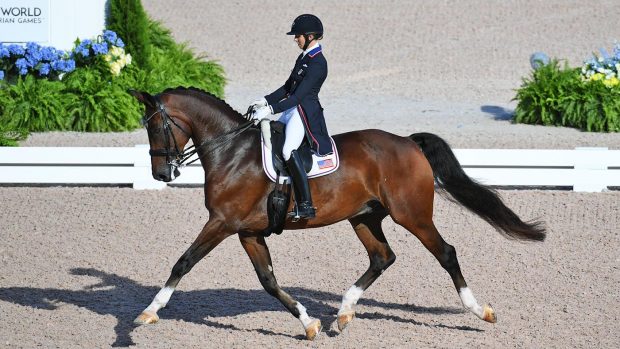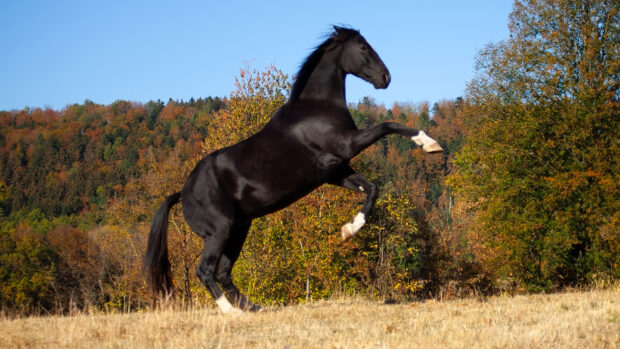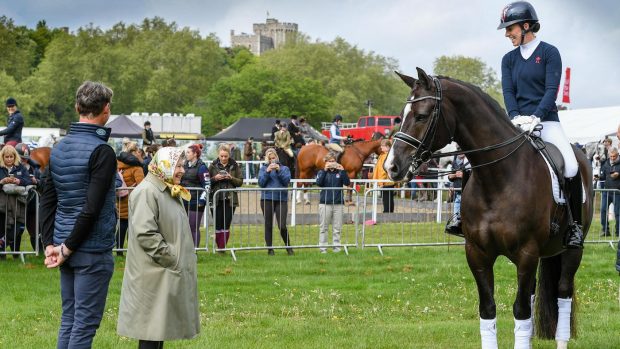Anna Ross on the need for constructive dialogue to ensure the sport’s future and a safe space for those well-placed to influence its direction – riders, judges, and trainers – to be heard
The dressage world is reeling from footage of recent horse abuse but the industry has been caught on the back foot. Condemnation and clarity are needed from the top of the sport, but why are so few speaking up?
The uncomfortable truth is that for years the subjective nature of dressage has resulted in a culture of silence. Some competitors believe that if they upset the wrong people their scores may be affected. Therefore, they only voice their opinions once their sporting careers are over.
Others stay below the radar afraid of the vicious online trolling that has become so prevalent. The result is a deafening silence, which is in danger of being interpreted by the outside world as acceptance.
I can attest that the top riders and judges are not all best friends who sit holding hands and singing Kumbaya at shows. There are many spirited discussions but as in any workplace, it would be unprofessional – especially of judges – to air their differences of opinion in public apart from via their scores, however this does leave them open to online criticism.
Systems should be visibly in place for those who wish to raise concerns, and they need to be heard.
The issue is that abuse looks very different to various groups of people, who can be concerned about:
- Blatant abuse
- Rough riding with intentional or unintentional in-the-moment responses a rider or handler may regret
- Anything that doesn’t look like the fabulous Jessica von Bredow-Werndl and Dalera, regardless of a horse’s conformation or age
- Any dressage that doesn’t look like the old masters
- Using horses for sport without modifications, perhaps bitless, spurless or whipless
- Using horses for sport at all, though they think it’s OK to ride them
- Riding horses at all
While blatant animal abuse should, rightly, be met with heavy sanctions, any meaningful discussions around changing rules or practices lie somewhere in the middle groups all swallowing a chunk of humble pie, interacting constructively and being prepared to learn from one another.
But how do we know if a horse is happy? Who decides what constitutes abuse? For example, I know when I go to the gym I pull a few faces but that’s from exertion, not pain. Snapshots are often used online to suggest a horse is in pain but how can we categorically – without question – decide from a horse’s momentary expression how they feel?
The sport coming under the spotlight has revealed so many different perceptions of abuse. Apart from the obvious, there are: the use of bits, spurs and whips; travelling horses to competitions; the use of draw reins, side reins and martingales; a lack of turnout time; a rider’s weight; competing a horse in age classes – the list goes on.
A transparent approach
The Sporthorse Welfare Foundation will keep its eagle eye on the Olympic disciplines this year.
Perhaps by listening to all opinions a framework could be gathered and conclusions used as a code of conduct. This could be signed up to by competitive riders as a signal of intent as to the integrity of their training, methods and methodologies. While not a law, it could provide reassurance to the general public and animal lovers worldwide.
Social licence should not be the objective. If we are sincere in our intention, then social licence will follow. A new transparent approach could start with an “open table” where representatives gather and discuss topics in a public forum. But first, we need a shift, online and in reality, to create a safe space for those well-placed to influence the sport – riders, judges, and trainers – to be heard.
I’ll also remind people that Facebook critics aren’t always sincere and often have ulterior motives.
● How can we start a constructive dialogue around dressage’s future? Let us know at hhletters@futurenet.com, including your name, nearest town and country, for the chance for your letter to appear in a forthcoming issue of the magazine
- This exclusive column will also be available to read in Horse & Hound magazine, on sale Thursday 29 February
You might also be interested in:

‘There have been very ugly pictures’: Isabell Werth speaks out about controversy in dressage

‘The whole world has witnessed terrible cruelty’: open letter to the FEI describes abuse in dressage as ‘a wake-up’ call

‘Abhorrent and abusive training techniques’: former Olympic rider suspended from all competition

Subscribe to Horse & Hound magazine today – and enjoy unlimited website access all year round
Horse & Hound magazine, out every Thursday, is packed with all the latest news and reports, as well as interviews, specials, nostalgia, vet and training advice. Find how you can enjoy the magazine delivered to your door every week, plus options to upgrade your subscription to access our online service that brings you breaking news and reports as well as other benefits.




